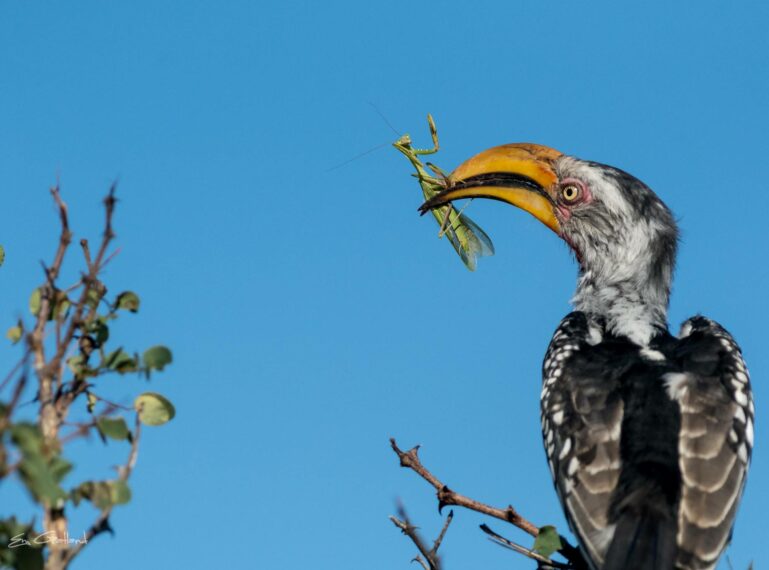
Birders can delight in knowing that there are over 500 species of bird to spot in the Kruger. Some of our feathered friends are frequent flyers, while others are migratory species and rare lifers. In today’s birding blog, we’re going to focus on the frequent flyers and some rarities to spot in the Lowveld. Compiling a comprehensive list of all the Greater Kruger’s birdlife may take months to complete. Why do we love birds? Whatever the weather, birds are always about. They provide us with reliable and impressive sightings, and there’s nothing better than waking up to nature’s choir first thing in the morning. From alarm calling to nest thieving and divebombing for prey, our feathered friends always put on a show. Passerines, waders, songbirds, flightless birds, raptors and symbiotic birds – they all thrive right here in the Kruger.
Types of birds to look out for while staying at today’s “featured camps”:
Nyala Safari Lodge: The seasonal river in front of the lodge attracts an array of birdlife. Nyala’s birding opportunities are varied, with abundant opportunities to spot species from the comfort of camp.
Africa on Foot Wilderness Trails: You’ll spot typical woodland birds and raptors while on foot. When overnighting on the river’s edge, you’ll see waders. And if you’re lucky enough, African fish eagles and Pels’ fishing-owls may make an appearance.
Africa on Foot and nThambo Tree Camp: Woodland, bushveld and raptors like the Martial eagle are frequently seen here. You may spot egrets, lapwings and herons around the dams.
Chacma Bush Camp: Chacma’s traverse is similar to that of Trails, but guests are also able to spot woodpeckers and kingfishers at the waterhole in front of camp.
Umkumbe Safari Lodge Riverside: Umkumbe is predator central, and supports a range of big birds of prey such as the brown snake eagle, tawny eagle, and more.
Nambu Camp: Nambu enjoys all the typical Kruger bird sightings, but is know for its tawny eagles.
Most Commonly Spotted Birds in the Greater Kruger
There are species of birds that are rife throughout the Kruger. Despite their high concentrations, we’ll never tire of their beauty and presence. These birds are the impalas of the ornithology world; they have a wide distribution but it’s always exciting seeing them. Even if it is 20 times a day! A few of the more commonly spotted birds in the lowveld include guinea fowl, Cape spurfowl (francolin), doves, grey go-away bird and lapwings .
Southern Yellow-billed Hornbill: Often referred to as “bush chickens” or “flying bananas” by rangers, this hornbill is widespread in the Kruger. They’re most commonly seen foraging on the side of the road for insects or on the banks of rivers. They have a shrill and piercing cry – not something you’ll miss. They’re active all hours during the day but sleep in trees at night, away from the prying eyes of predators.
Interestingly enough, these hornbills are often seen foraging with dwarf mongooses. They’ll eat what the mongoose misses and, in turn, provide an piercing alarm call if there is danger about.
Lilac-breasted Roller: These colourful little birds are monogamous creatures and also highly territorial. They’re often seen balancing on telephone wires or narrow branches. One of the most distinct things about these birds, apart from their stark pastel colours, is their courtship display. They dive bomb to the ground, while rolling around in mid-air making harsh calls! They don’t make their own nests, but rather occupy abandoned nest holes, mainly that of kingfishers and woodpeckers.
Cape Glossy Starling: There are many different types of starling, but the Cape glossy is one of the more commonly spotted starlings. They’re also one of the most distinct, with their shimmering iridescent coat and distinct eye colour, they’re easy to spot. You’ll find them darting around on the ground searching for fruit and berries. They dwell in open woodlands and savanna; and avoid heavily thicketed areas.
The Good Looking Birds
Their bright colours and unique markings make them stand out in a crowd. While beauty in human beings is believed to be about symmetry, in birds it’s about colour and patterns. The Kruger is filled to the brim with the good looking birds, but these are a few of our favourites.
Crested Barbet: The crested barbet looks like royalty with its crown-like feathers on top of its head. Its colourful patterned plumage is quite remarkable. You’ll mainly see them bouncing around on the ground in search of food – they don’t fly easily. If you don’t see them, you’ll hear them first. A distinct shrill defines their presence!
Bearded Woodpecker: Found in open woodlands and gardens, these woodpeckers enjoy a hearty meal of wood-boring beetles, caterpillars and larvae. A woodpecker’s body is designed to withstand the constant rapping on wood. The small brain size and how it’s positioned within the skull keeps it from rattling around.
Woodland Kingfisher: This kingfisher, contrary to its name, does not fish. It utilises low lying branches – away from water – to hunt for ground-dwelling prey like insects. You can spot these small and colourful birds in the Acacia veld.
Grey-headed Bush Shrike: Here we have another monogamous bird that mates for life. The bush shrikes are wise when it comes to nest building, and place their homes at the tops of trees where predators cannot access them. Their diet consists mainly of invertebrates.
Magpie Shrike: What a noisy songbird! The whistles of the magpie shrike are territorial calls, alarm calls and mating calls. They produce beautiful duets and have quite the repertoire of sounds.
The Rare Birds of the Greater Kruger
These rare birds are considered the big six of the bushveld. Not quite lifers, but rare to see nonetheless. These birds are readily recognised and include the lappet-faced vulture, martial eagle, saddle billed stork, kori bustard, ground hornbill and Pel’s fishing owl.
Lappet-faced vulture: Together with other species of vulture, the lappet-faced vulture falls into a feeding hierarchy at a carcass. The lappet-faced vulture is the largest species and the dominant one at kill sites. They’ll eat the tough skin, hair and ligaments from a carcass. Other vultures often wait for the arrival of this species in order for them to rip apart remains.
Saddle-billed Stork: The numbers for saddle-billed storks are dwindling and these waders are currently classed as endangered in South Africa. They have a banded bill comprising yellow, black and red colours. You’ll find them close to pans and waterholes.
Kori Bustard: The term bustard literally means “birds that walk”. The kori bustard can actually fly but avoids taking to flight because of their weight. Weighing up to 19kgs, the kori bustard is Africa’s heaviest flying bird.
Southern Ground Hornbill: The southern ground hornbill is the world’s largest hornbill and is listed on the critically endangered list. They’re also the most easily identifiable, with a pitch black body and a striking bright red area under its bill.
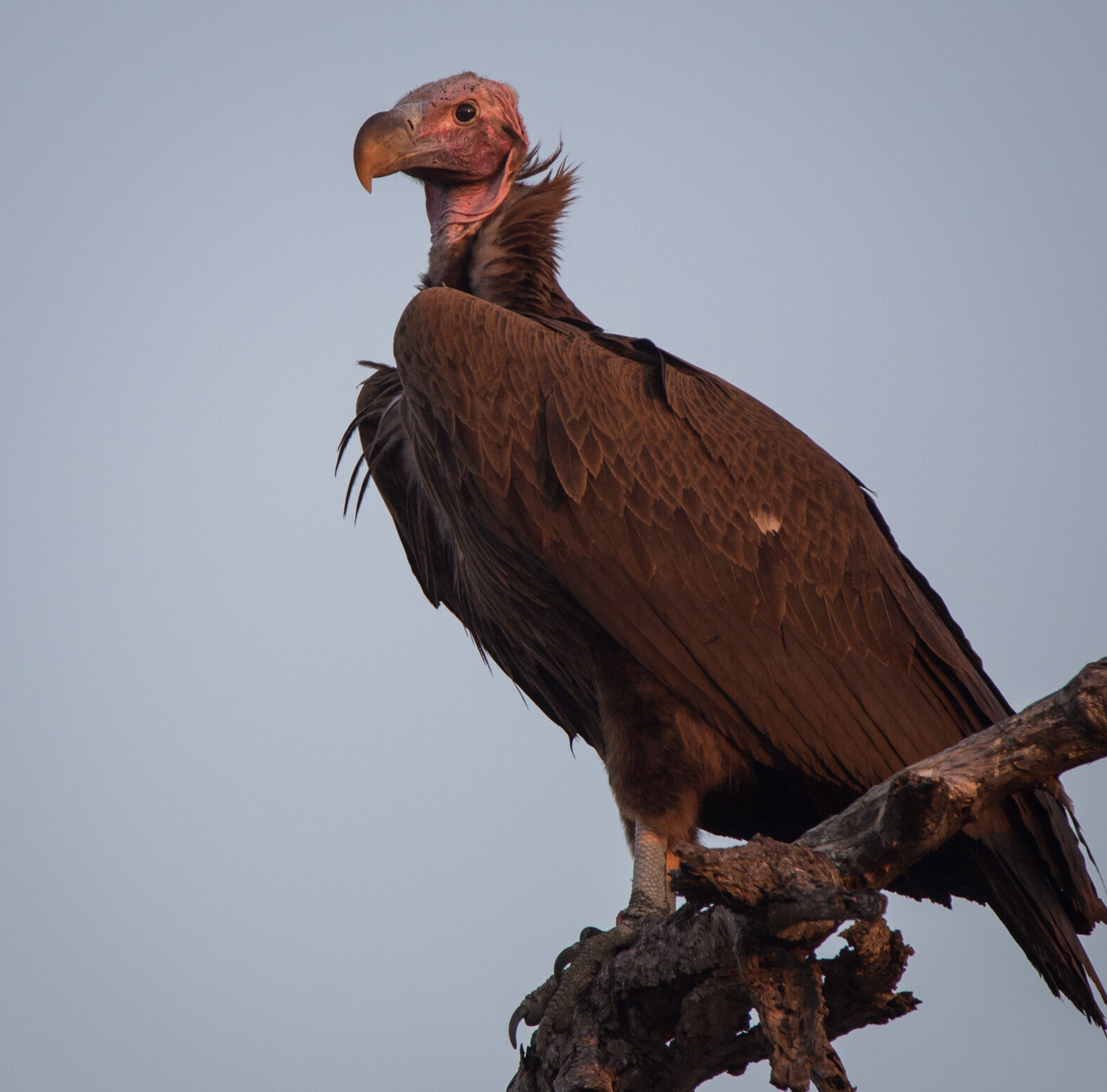
The Birds of Prey Found in the Greater Kruger
With their powerful appearance, steely glare and razor sharp beaks, the raptors of the Kruger are a force to be reckoned with. They’re mighty, dominant and strong. Yet somehow they maintain grace and a calm demeanour while cascading down to swoop up unsuspecting young ones.
African Hawk-eagle: Find these raptors darting in and around rocky cliffs and soaring over the savanna in search of large birds to prey upon. They’re not afraid of swooping down on prey that weighs up to 4 kgs. A favourite pastime of the African hawk-eagle is to wait at water sources for smaller birds to come and drink.
Dark Chanting Goshawk: One of the most distinct of all the hawks, the dark chanting goshawk has bright orange-red legs and is rather bulky in appearance. Feeding mainly on rodents and reptiles, this hawk is not particular with its diet and will happily feed on frogs and insects. It may even put on an aerial display to catch birds in flight. They will poach small prey on the ground that has been flushed out by mammals.
Tawny Eagle: A regal and proud looking bird, the tawny eagle is nothing short of exceptionally good looking! With razor-sharp talons and feathered legs, the tawny eagle is the one to spot while bird watching. Tawny eagles are very territorial and have been known to occupy territories for years on end, together with their partner.
Wahlberg’s Eagle: There are various different morphs of this eagle, making them quite easily confused with birds of prey. The Wahlberg’s eagle always hunts from a perch and is a notorious kleptoparasite, which means they steal food from other birds of prey, in particular the long-crested eagle.
Bateleur Eagle: The word Bateleur is French in origin and means “juggler” or “street performer”. When a bateleur is in flight its wings appear to rock back and forth, giving the appearance of someone trying to balance on a tightrope. The bateleur eagle is one of the most colourful birds of prey to spot while on safari.
The Most Useful Birds in the Kruger
These are our symbiotic birds and birds that form a vital role in the ecology of a reserve. There are many birds out there that form similar functions, but the oxpeckers and vultures most certainly are the most common.
Vultures: Vultures eat carrion, rotting flesh and clean-up a kill site from decaying carcasses. These dramatic birds are often seen cleaning up and area together with hyenas. By helping to discard of a carcass in an area, it prevents the spread of disease in the reserve. Different vultures perform different functions when feasting on a carcass. The lappet-faced vulture is an olde world bird and the largest at a kill site; they can crack open skulls and areas on a carcass that other vultures cannot access.
Oxpeckers: You’ll find flocks of these small birds on the hide of large game. They’re drawn to open wounds – they pick the scabs and clean the wound; thus preventing further infection. They also remove parasites from the hide of animals and provide a useful clean up service.
The Water Loving Wading Birds in the Greater Kruger
The tall waders with their spear shaped bills are always seen wading in some pan or waterhole in search of fish. While some are less attractive than others, waders are always easy to photograph. Shortly before piercing their prey with the knife-like bills, they remain statuesque.
Grey Heron: These metre high predatory waders build nests high up in the tops of trees, away from predators on the ground. They have an excessively long neck which can extend over quite an expanse of water, which is useful while searching for fish.
Yellow-billed Stork: The yellow-billed stork has a fairly large range and is a gregarious migratory bird. These birds are intelligent and use their feet to stir up water and disturb potential prey. Yellow-billed storks have the ability to catch all of their prey in the water.
Marabou Stork: Not the most attractive looking of storks but its body is designed to fit its lifestyle. These storks, much like vultures, are vital to the ecology of an area. They eat carrion, scraps, refuse and just about anything that they come across!
African Spoonbill: You’ll find spoonbills in wetlands, moving their bill from side to side. The spoon shape at the end of the bill catches fish and molluscs during these “sweeps”.
The Kruger’s Night Owls!
Ancient legend states that owls represent wisdom. If that’s the case, the Kruger is full to the brim with wise tales. You’ll hear them in the dead of night and rarely see them during the day because they’re so well camouflaged. These curious birds of prey can turn their heads 270 degrees, while keeping their body dead still.
Scops Owl: Probably one of the most camouflaged of all the owls, is the African Scops owl – it can be quite tricky to spot. During the day it roosts against a branch or tree trunk. This bird will sing to a potential mate to advertise nesting sites, which are often holes made by woodpeckers. Another type of scops owl is the white-faced scops owl that has a distinct high-pitched call, bright amber eyes and long ear tufts.
Pearl spotted owlet: This small and cute looking owl can be quite easily identified. It has a set of false eyes at the back of its head, which throws off predators. It has a very distinct whistle which starts of slow and builds up into a high pitched song. The plumage is dotted with white flecks.
Giant Eagle Owl: Otherwise known as the Verreaux’s eagle owl, the giant eagle owl is the largest owl in the world. They have pale pink eyelids and are quite easily seen because they hunt during the day. They’re one of the few owls that hunts large prey such as guinea fowl.
And…that’s a wrap. We hope that you’ve enjoyed our birding post! If you’re a budding birder, consider booking the ultimate Kruger birding safari with Sun Destinations.
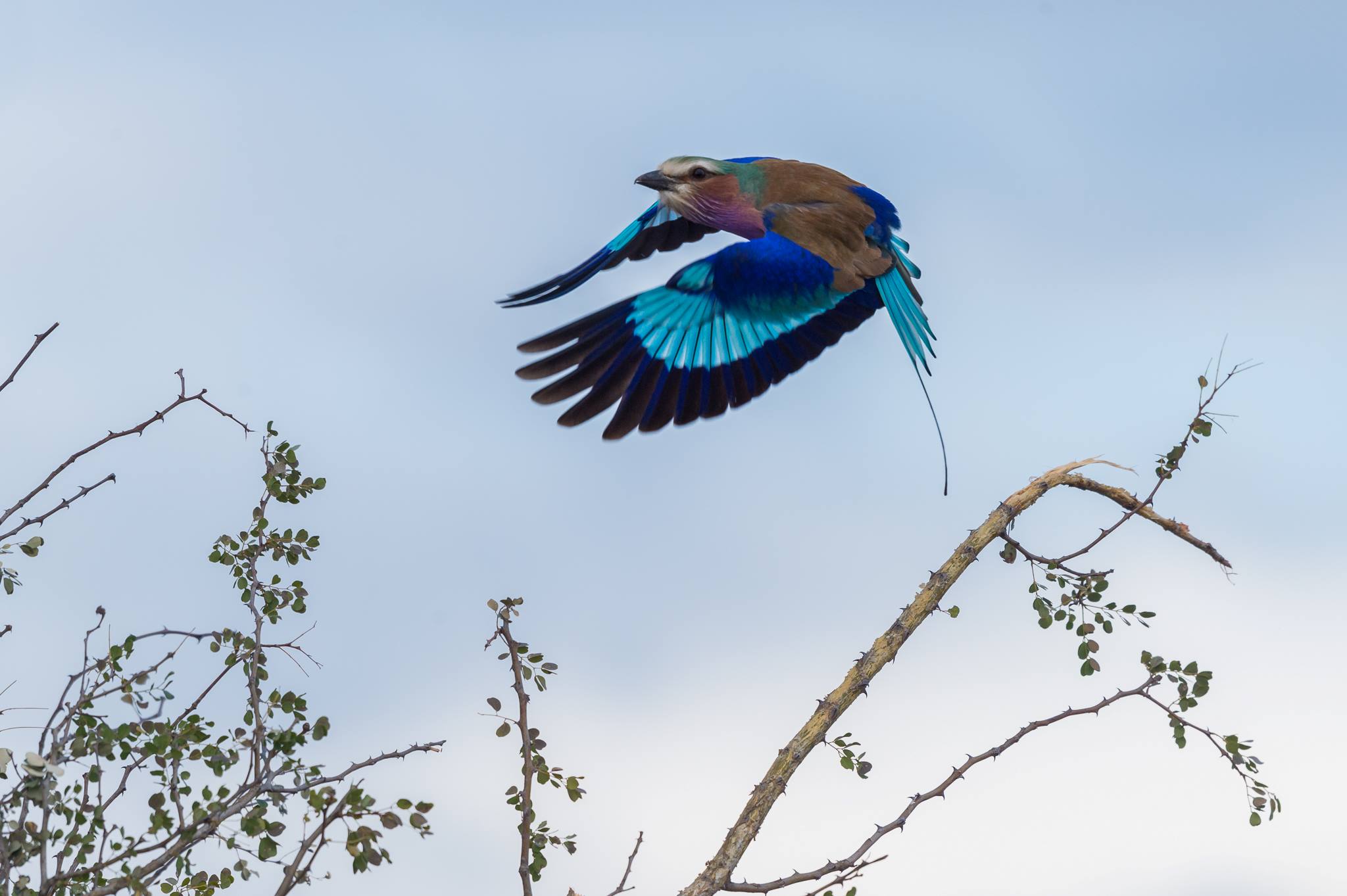
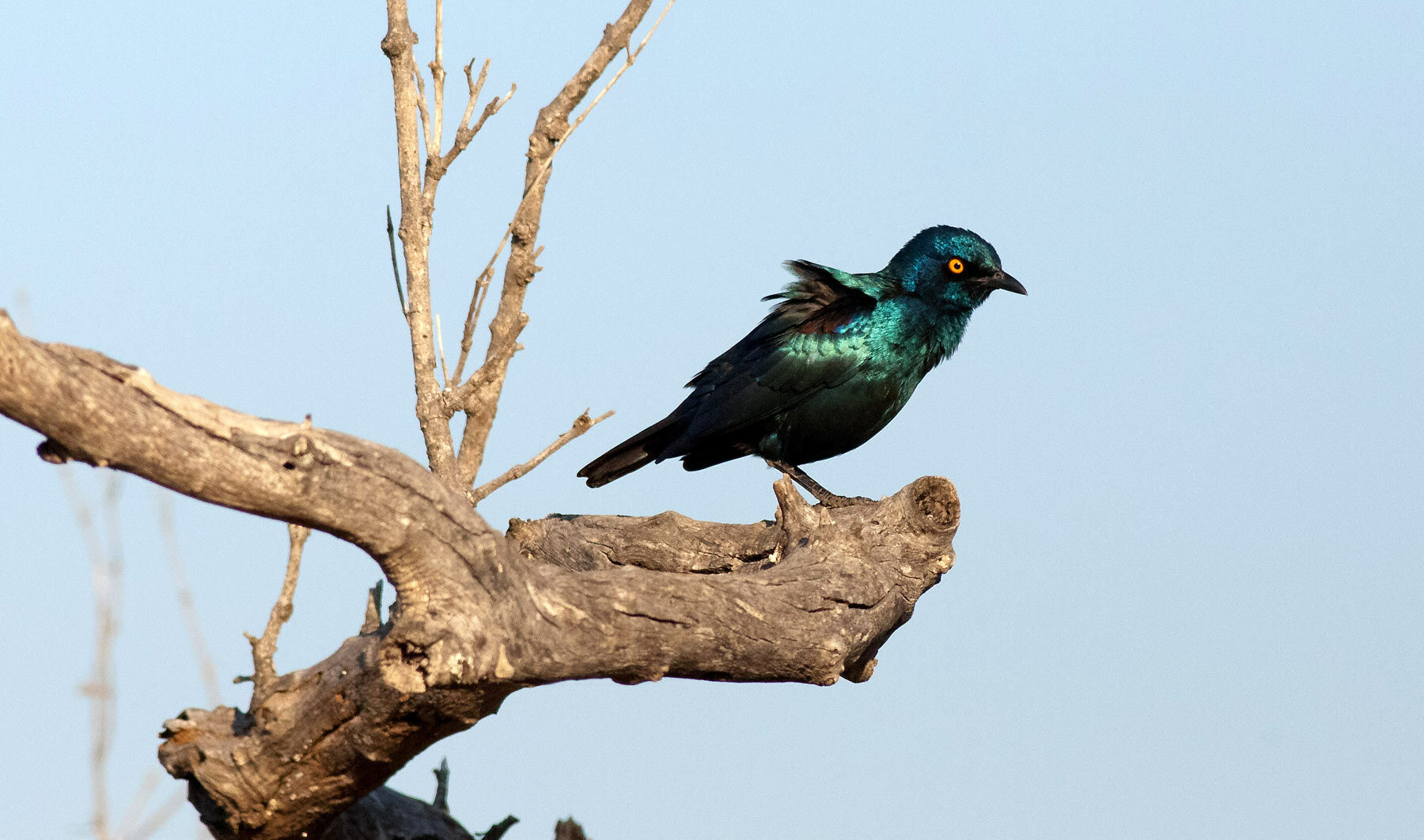
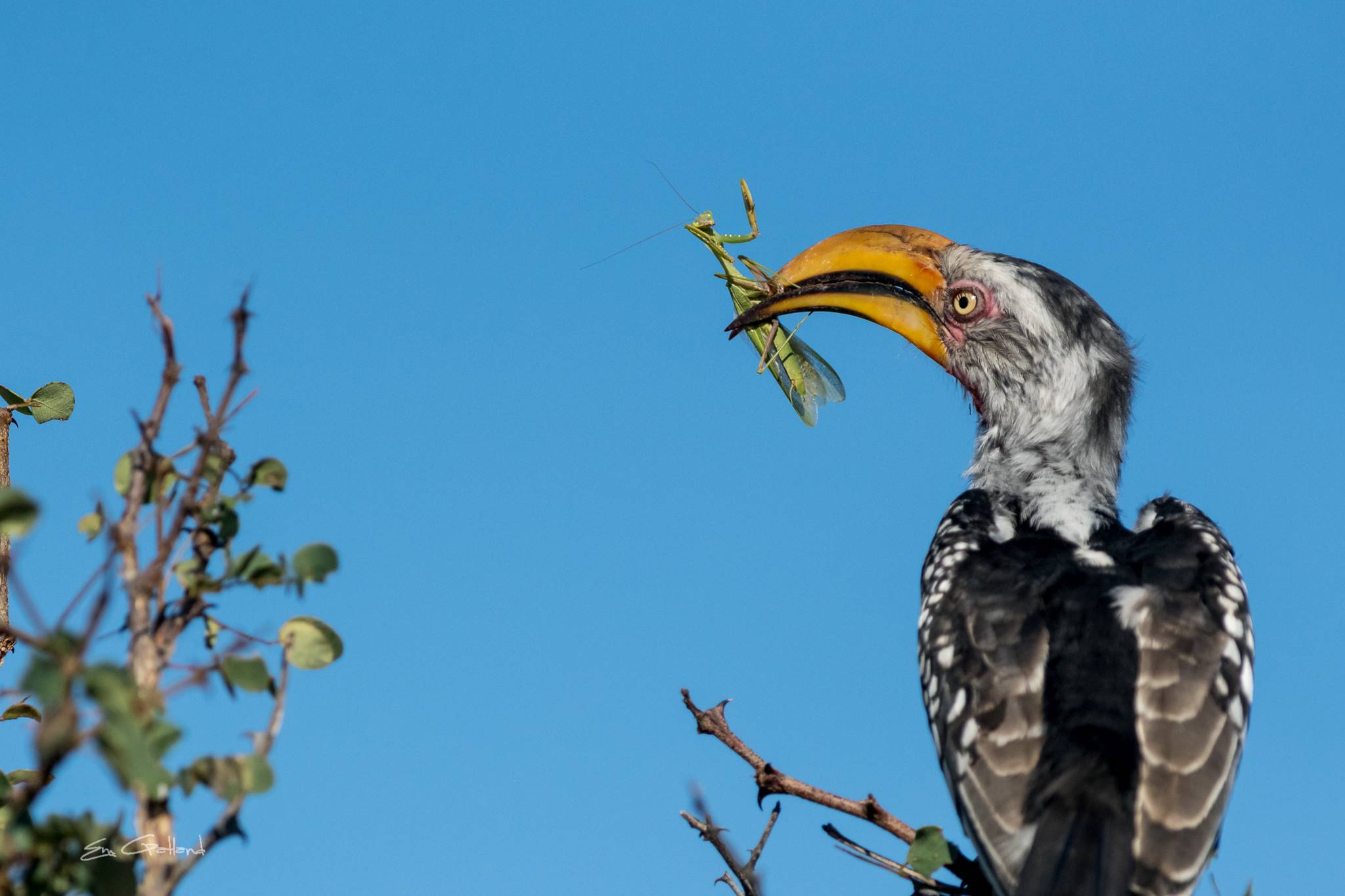
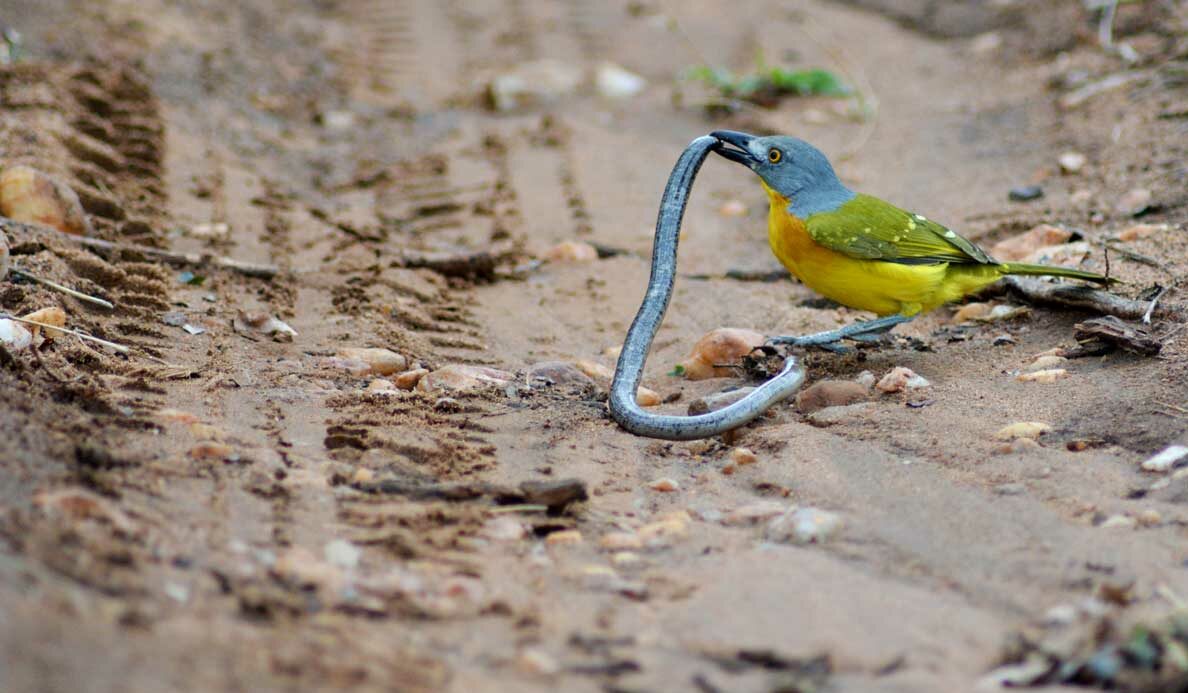
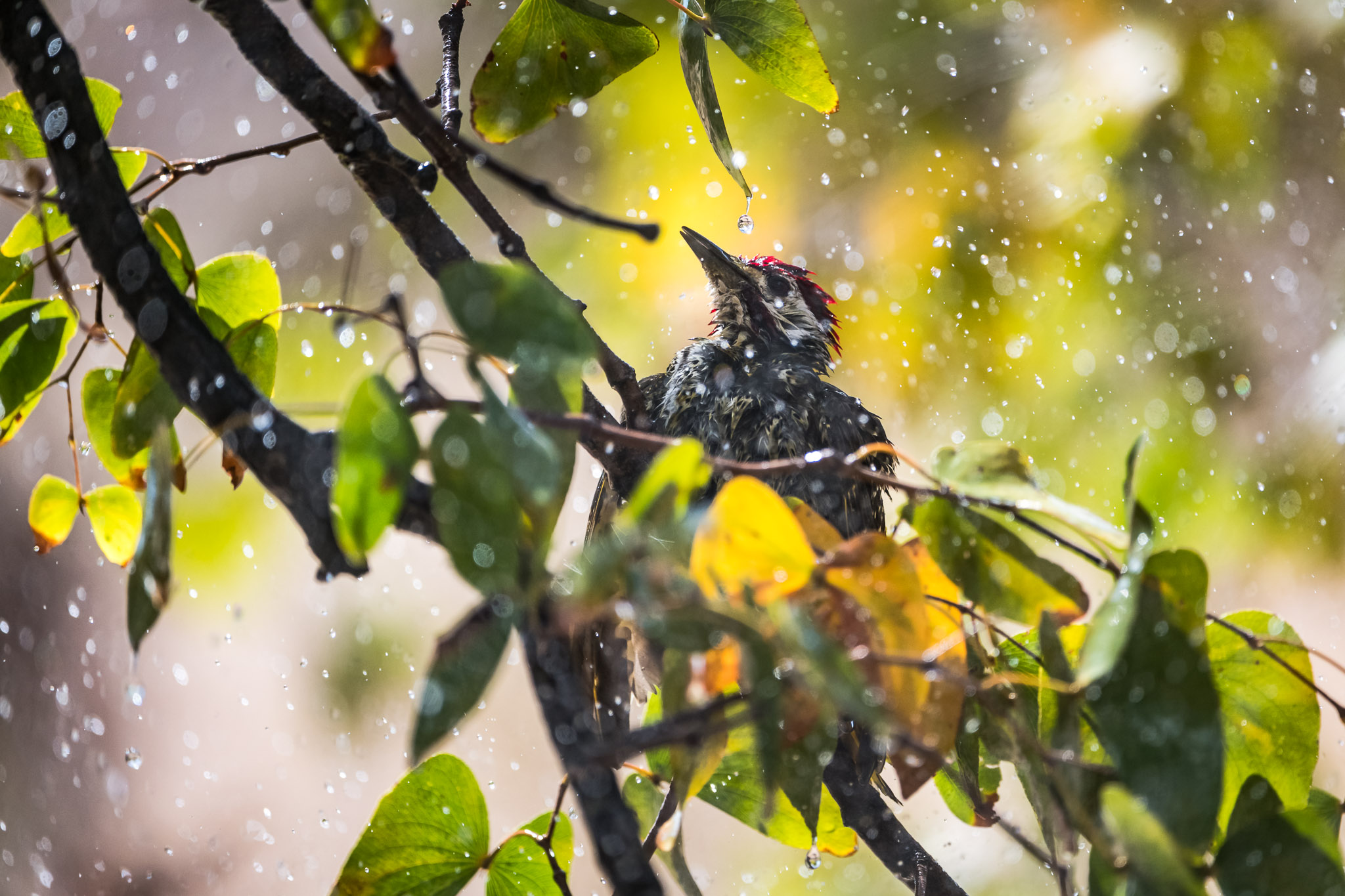
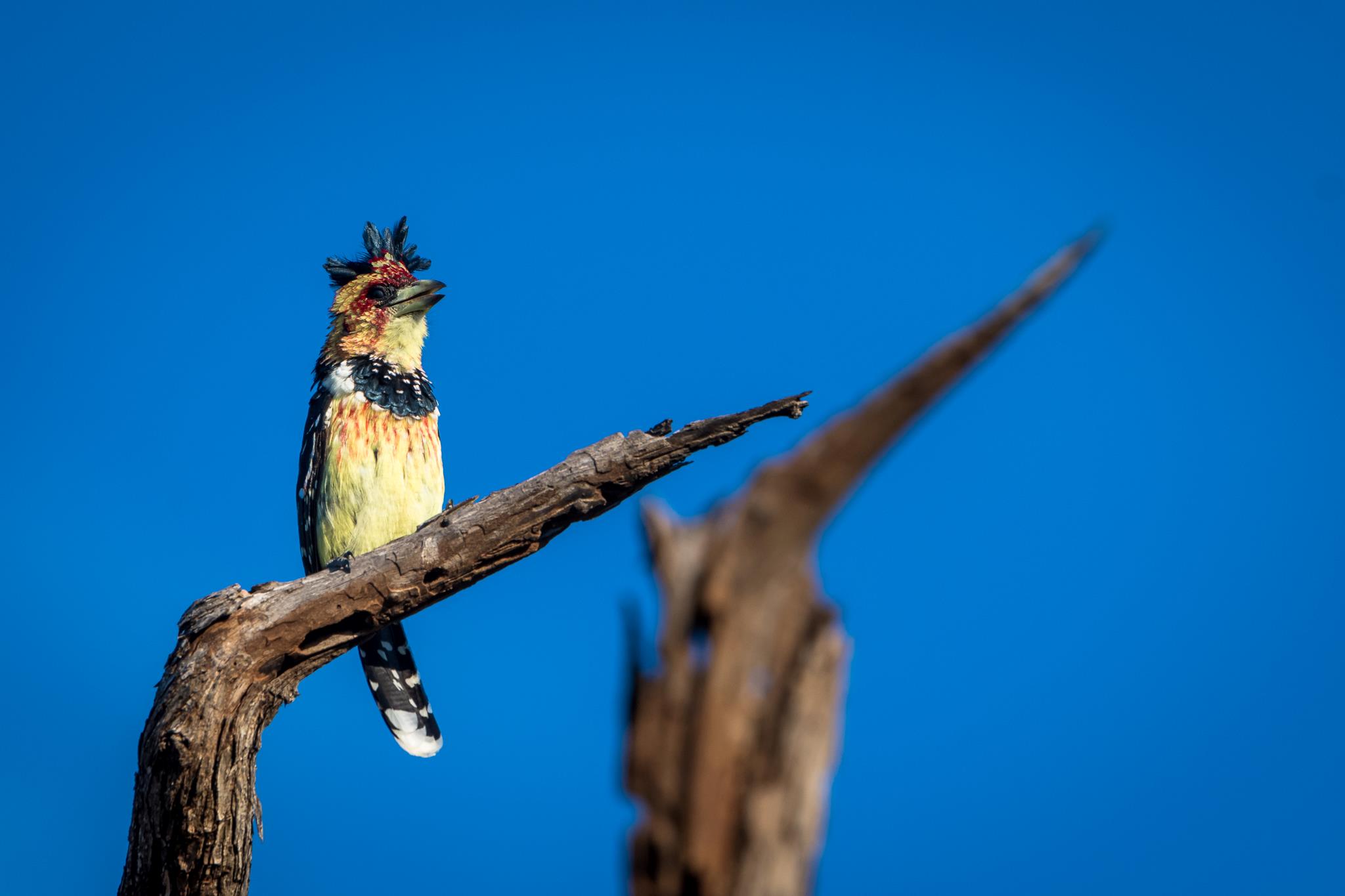
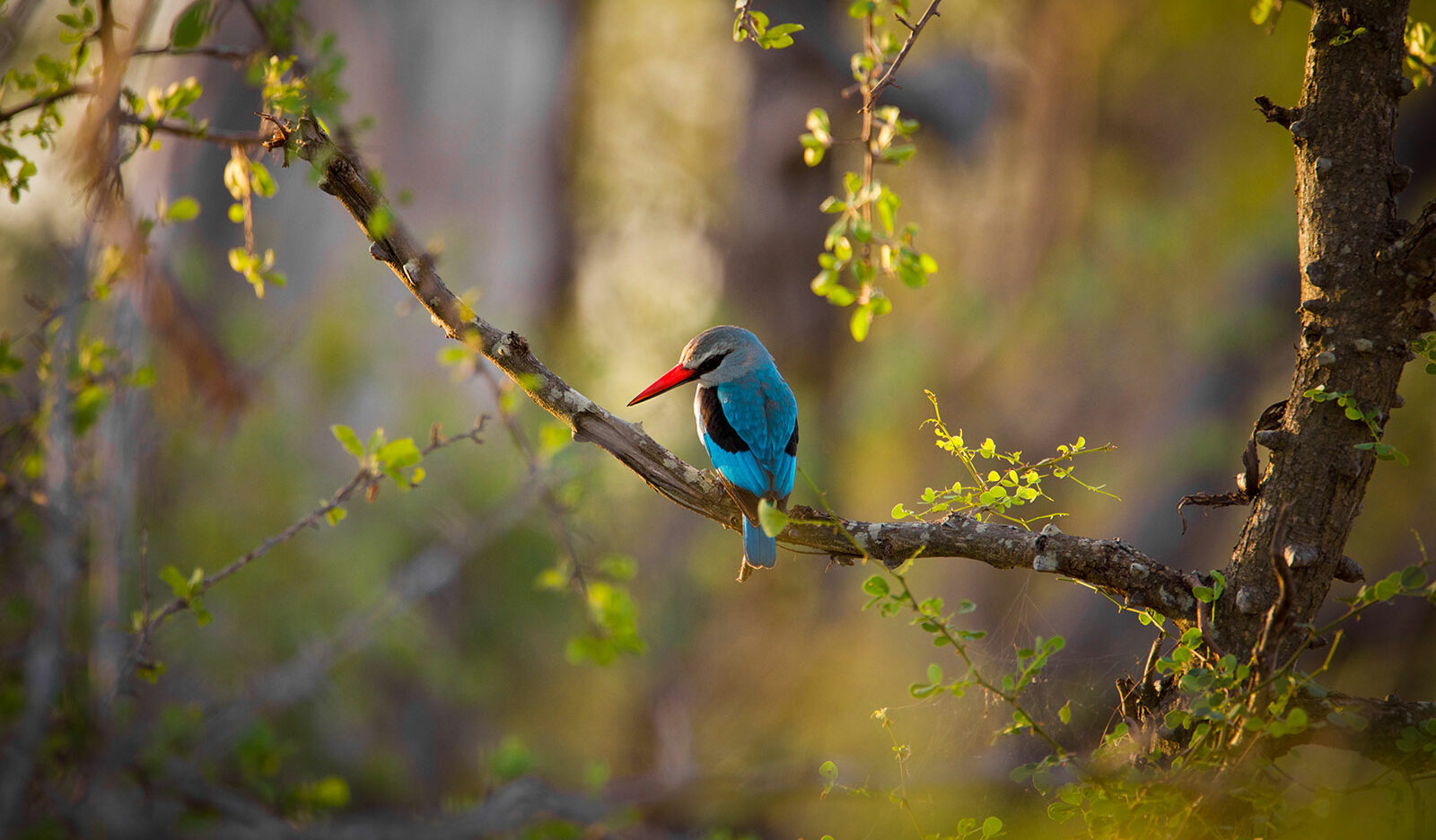
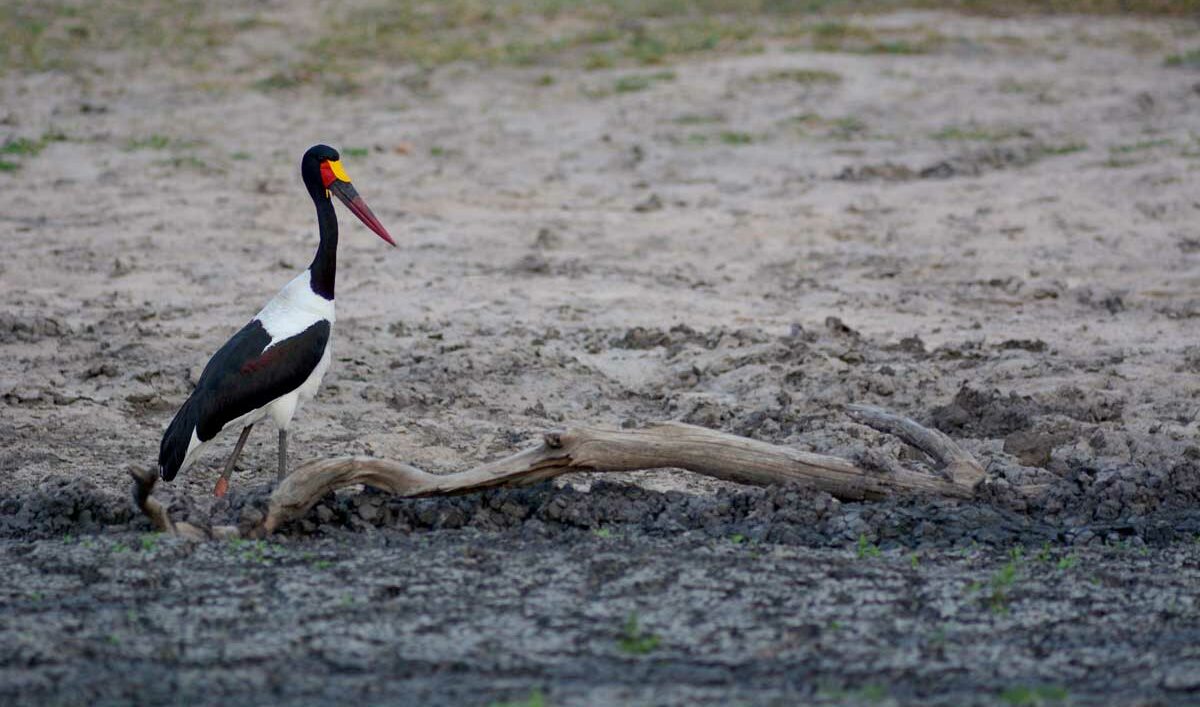
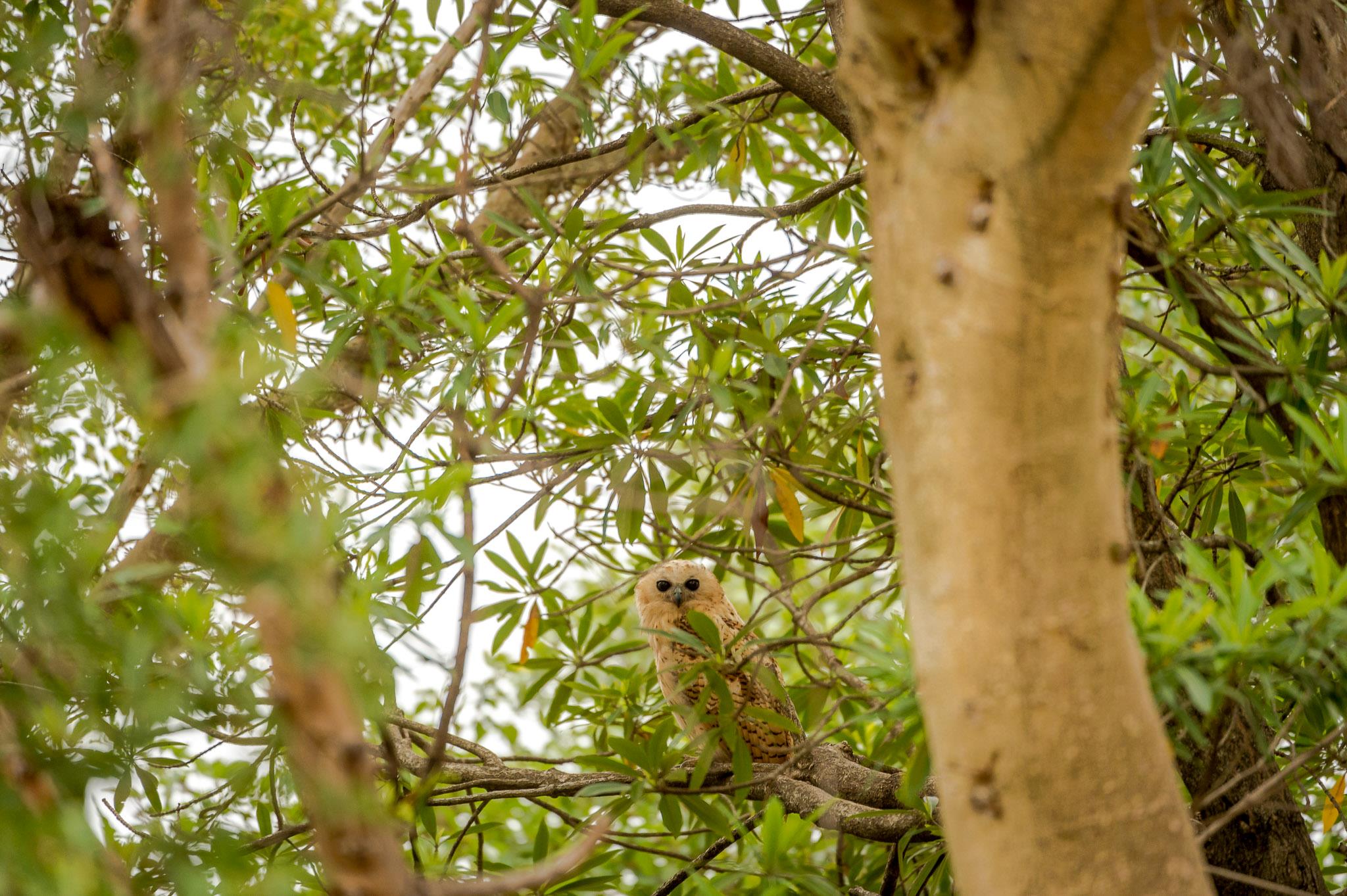
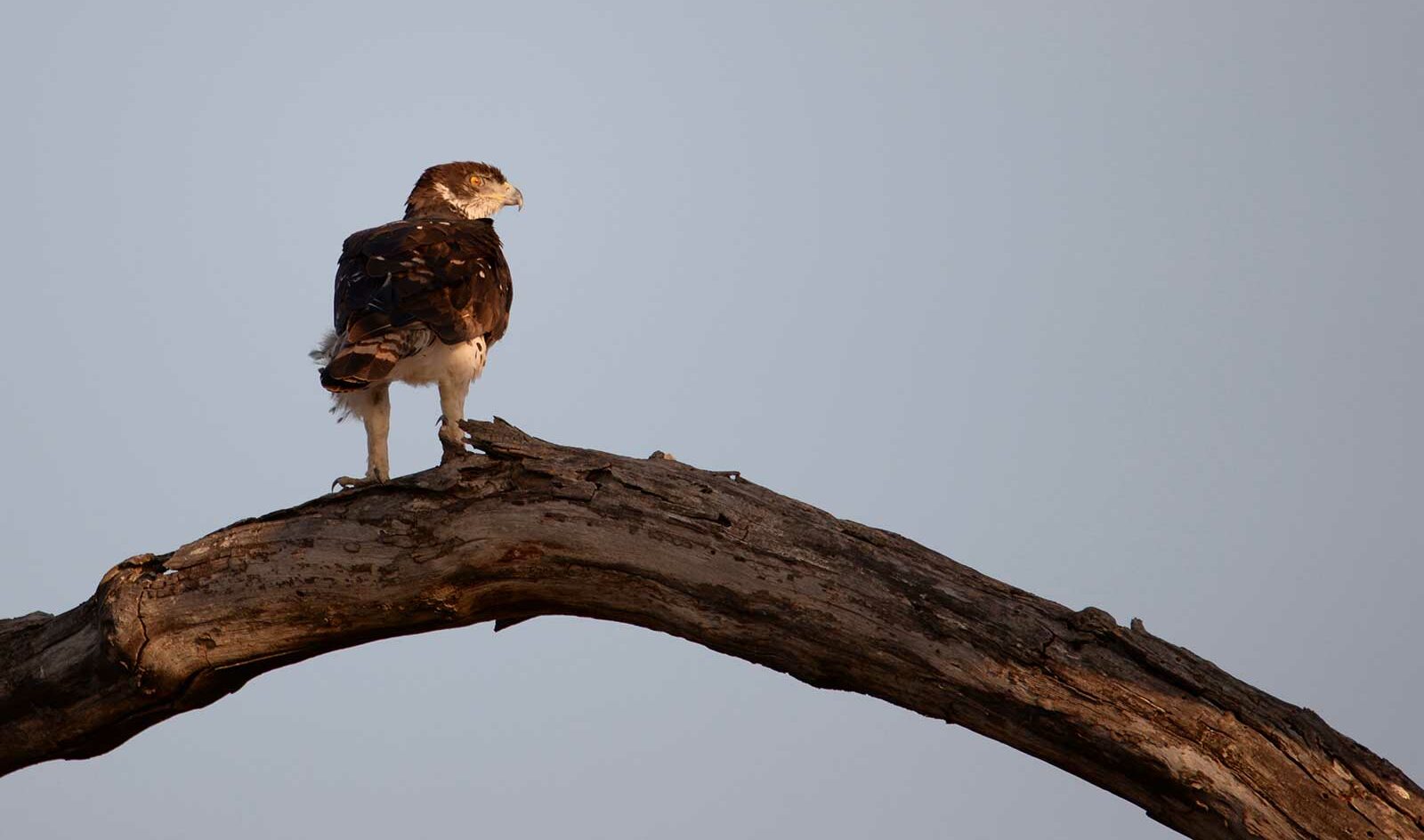
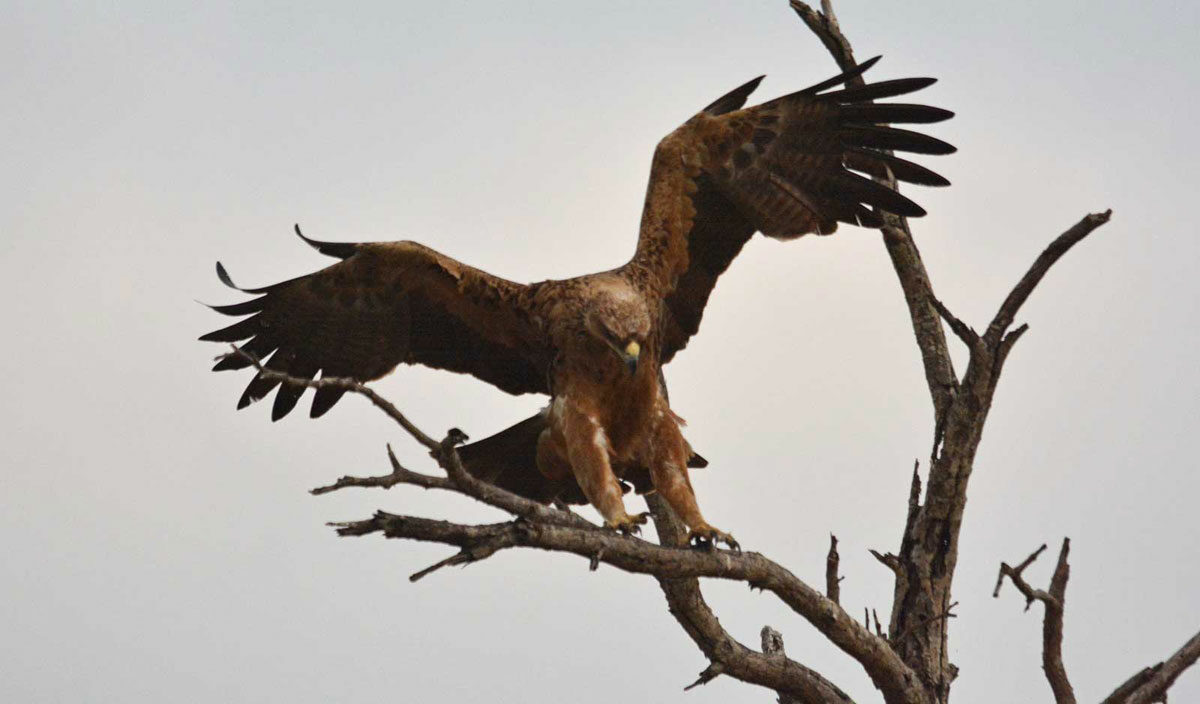
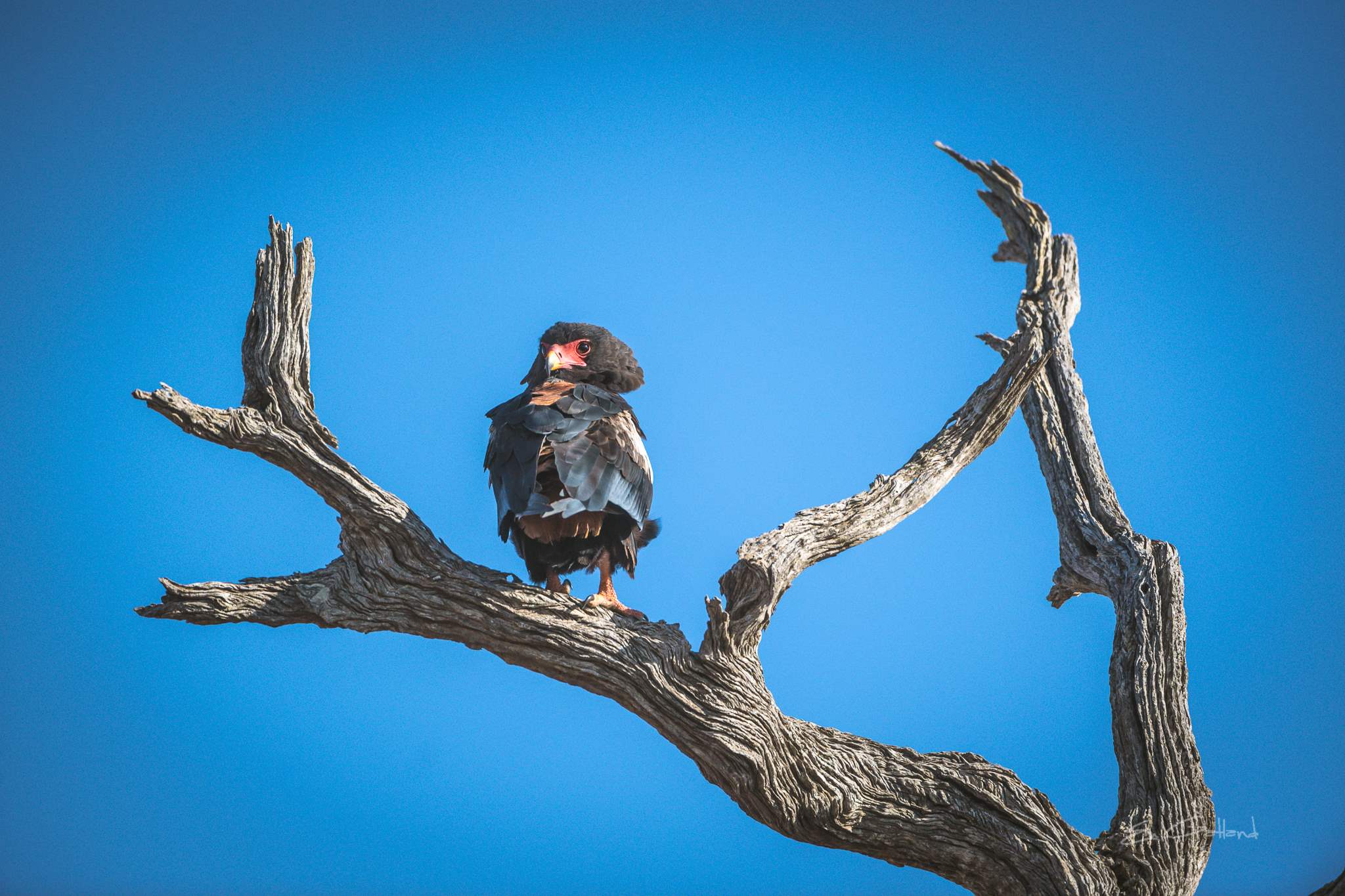
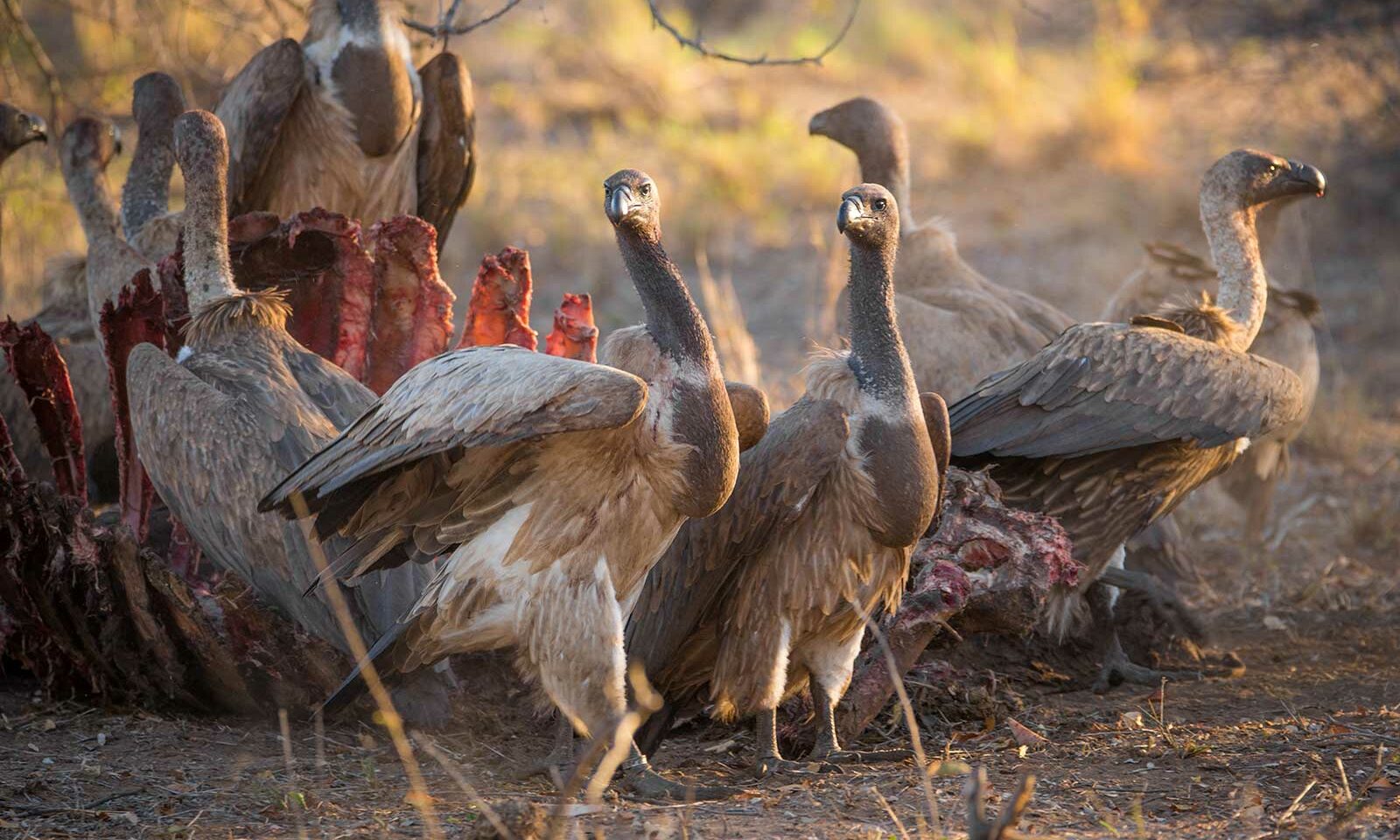
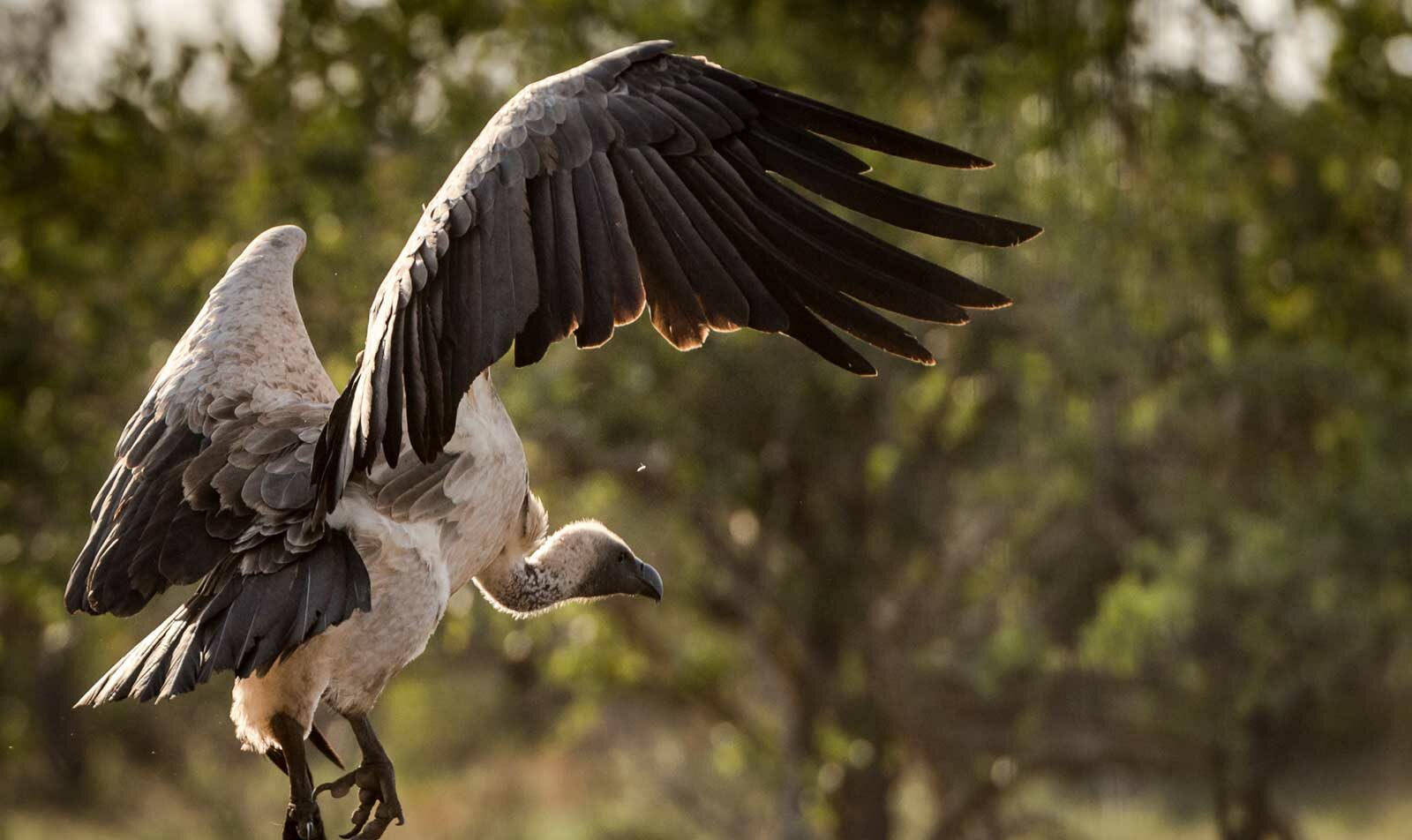
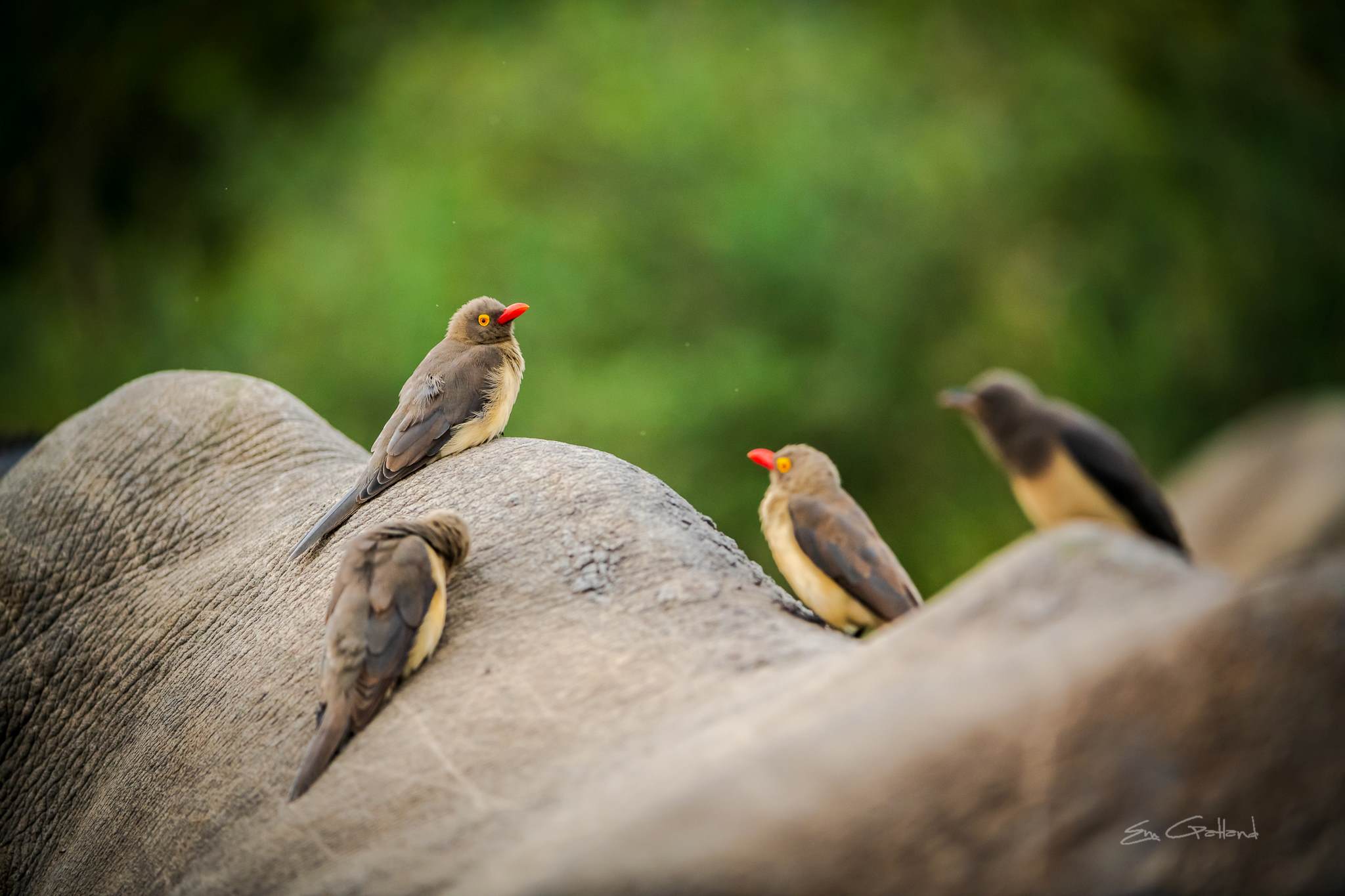
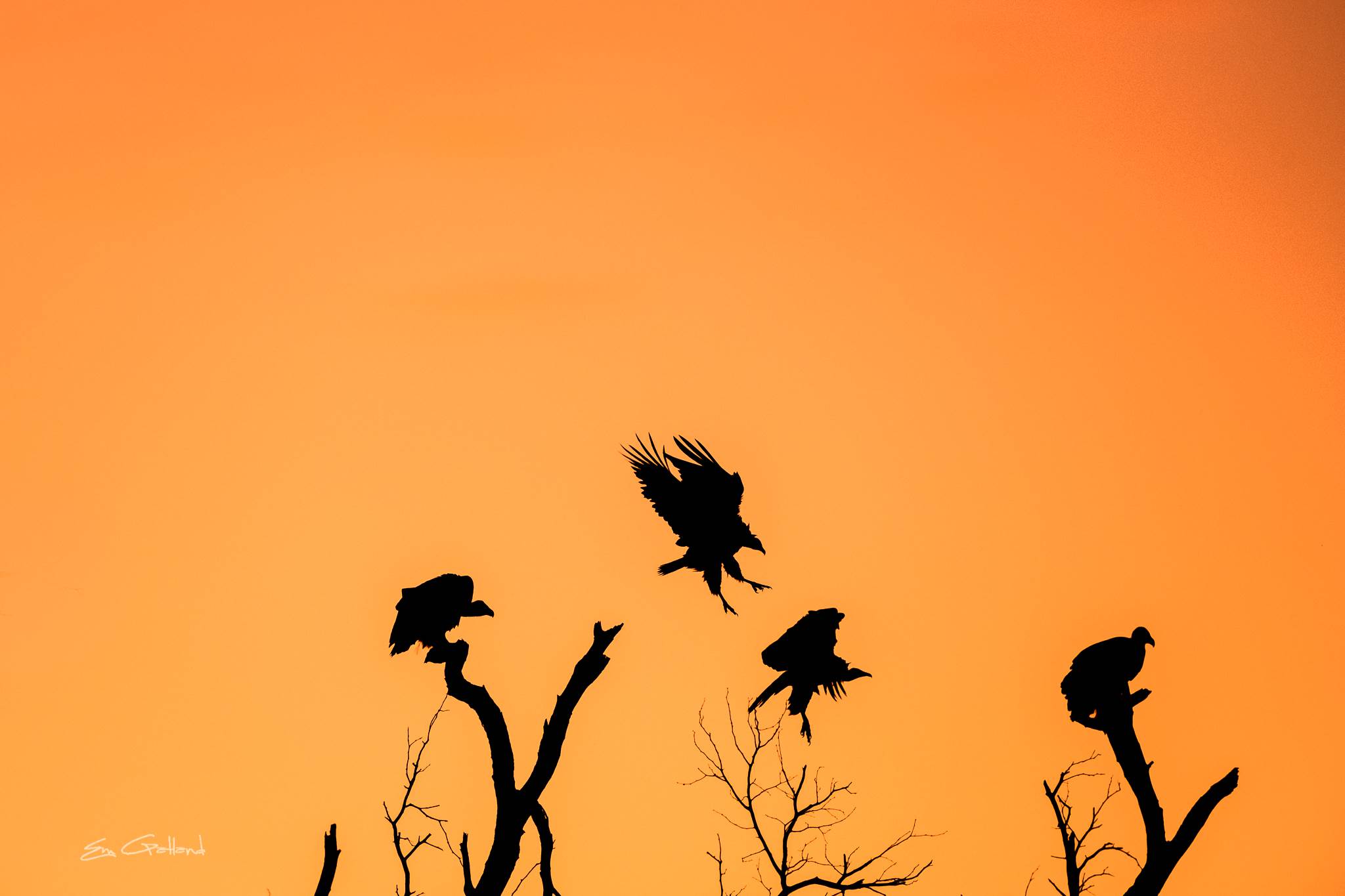
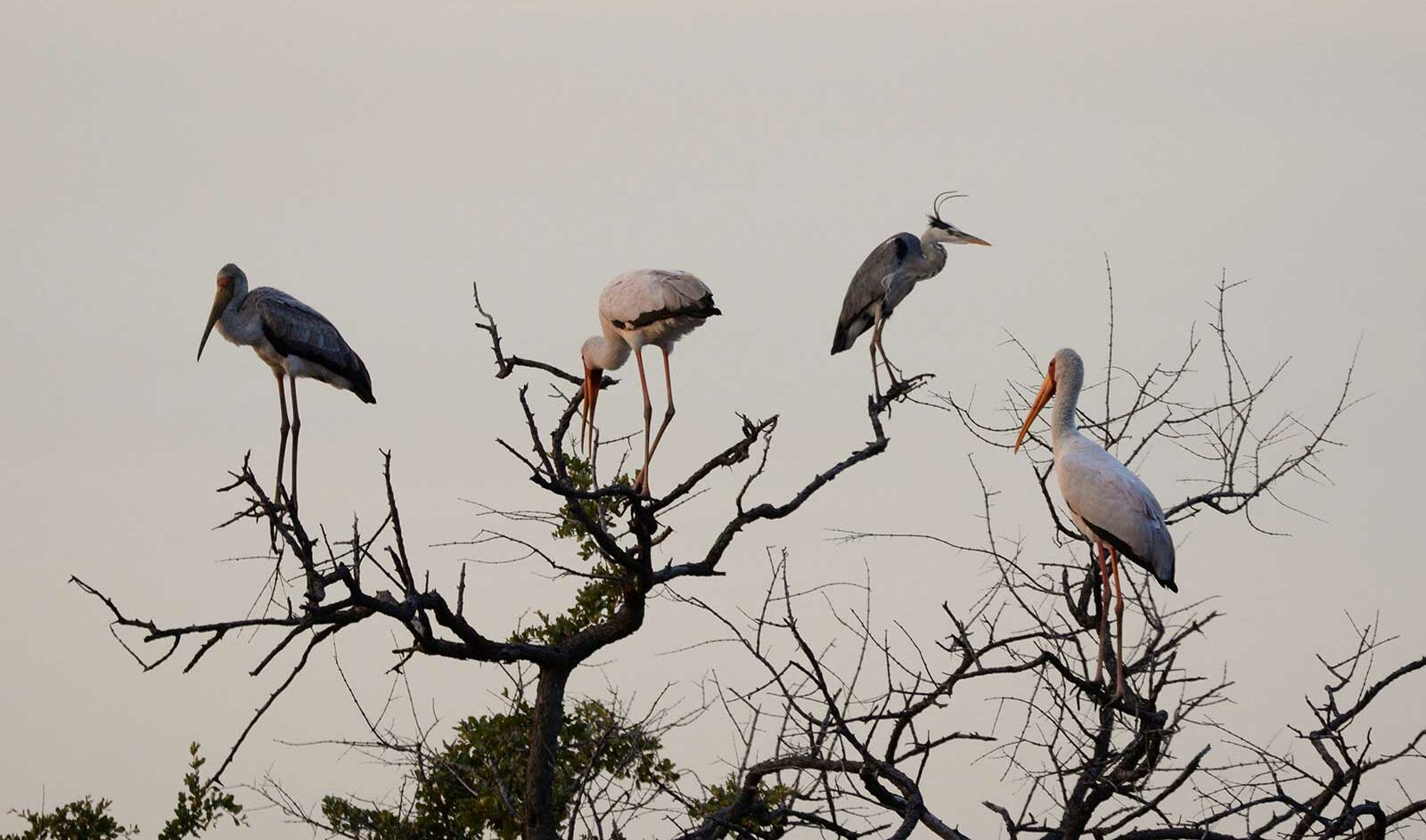
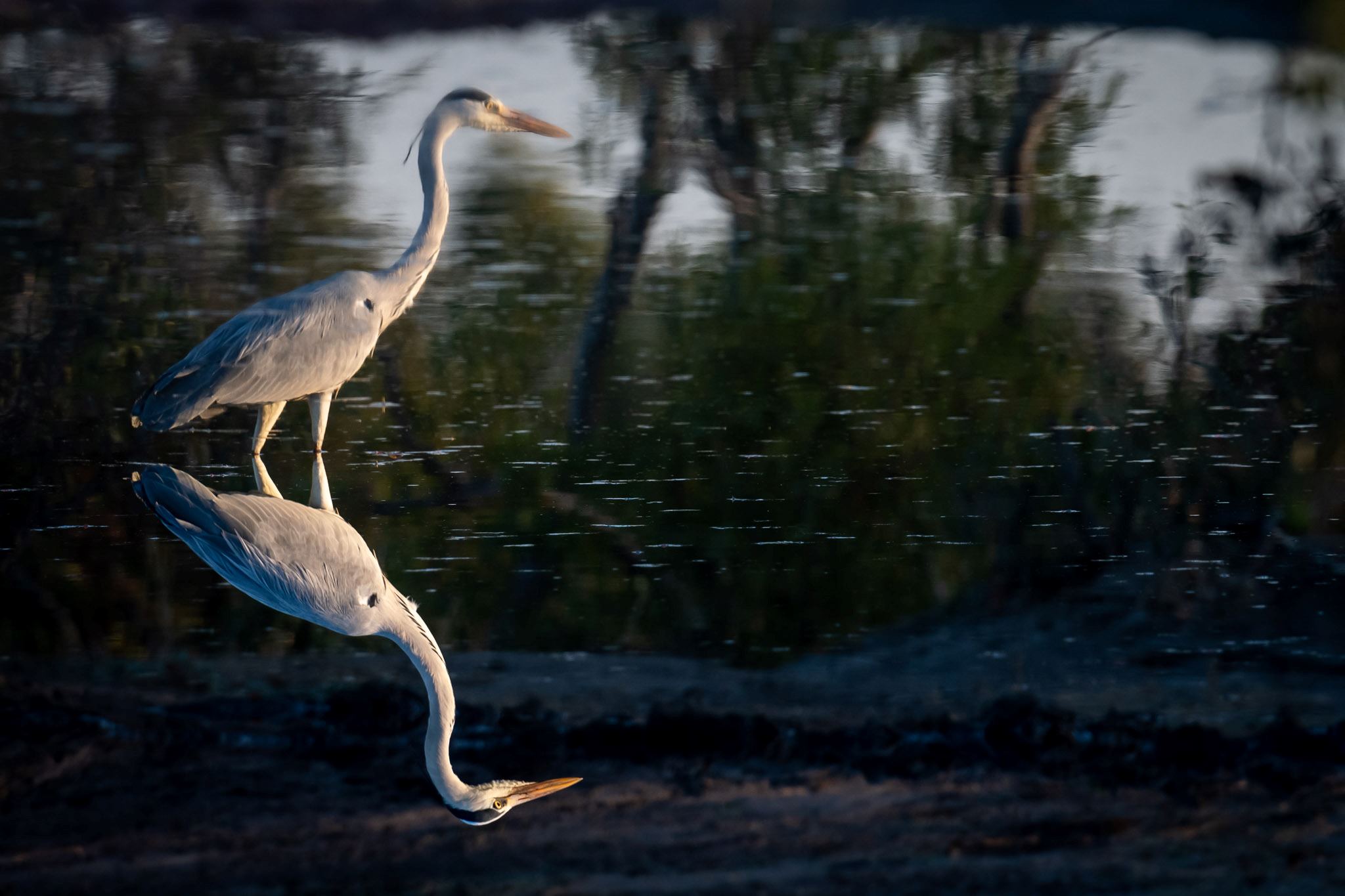
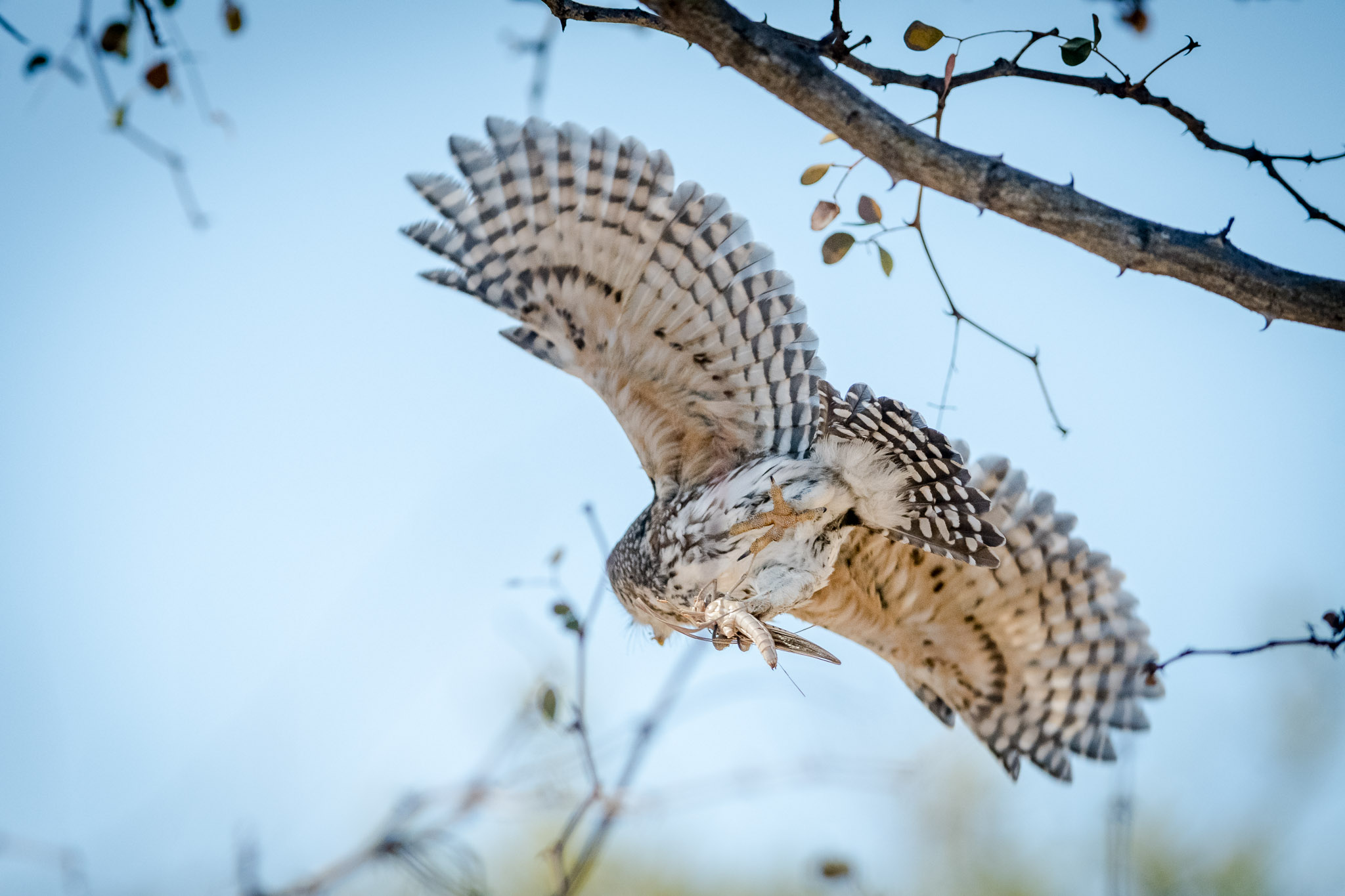
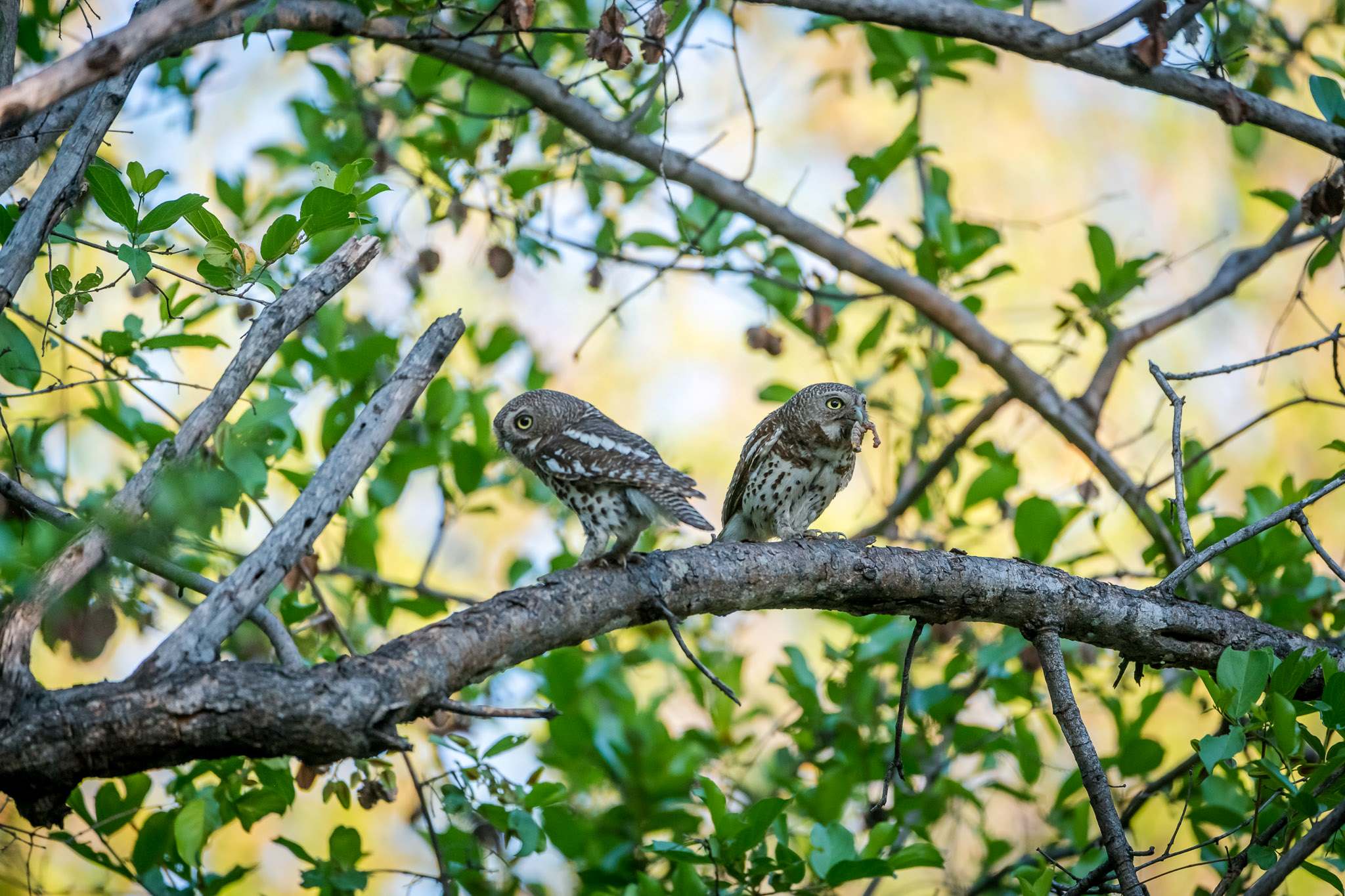
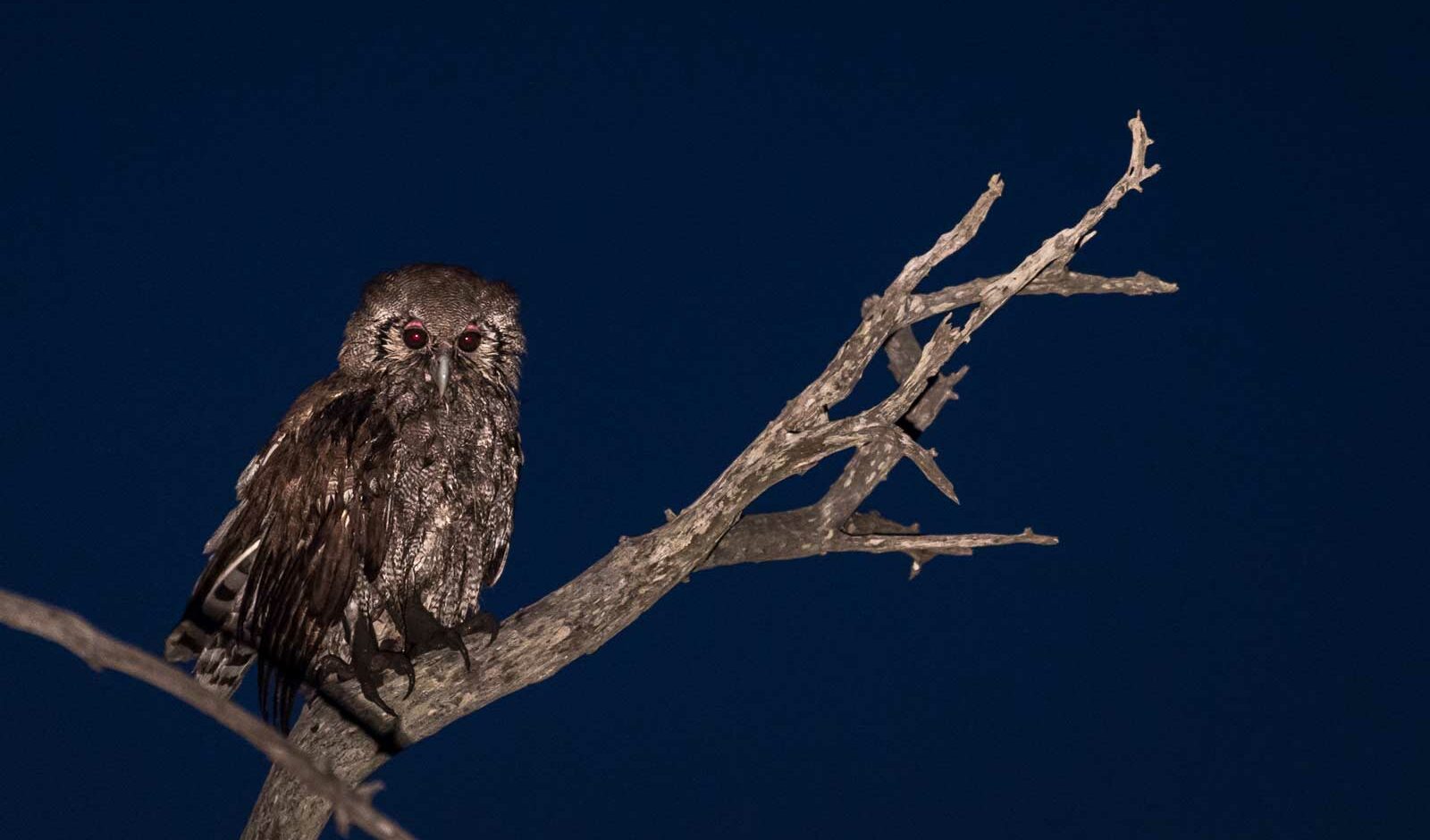
Leave a Comment